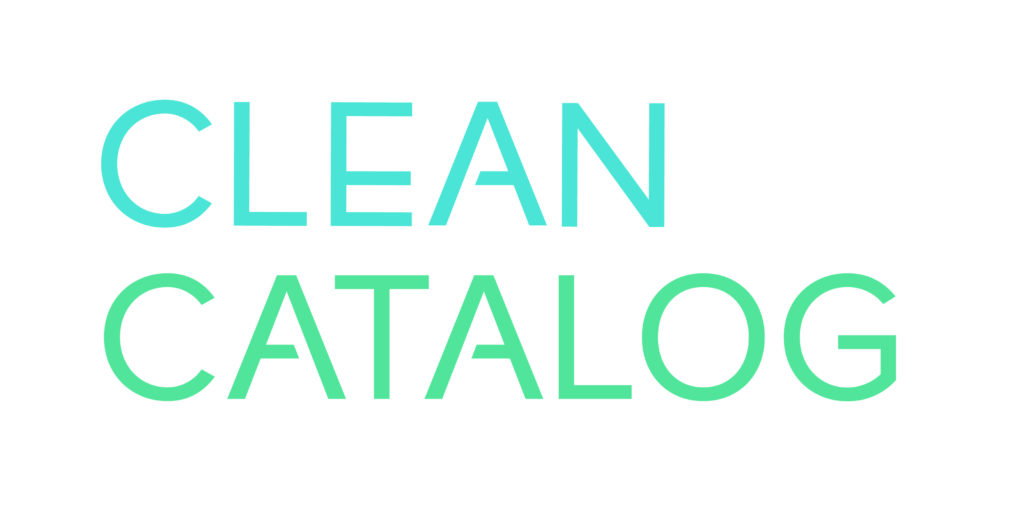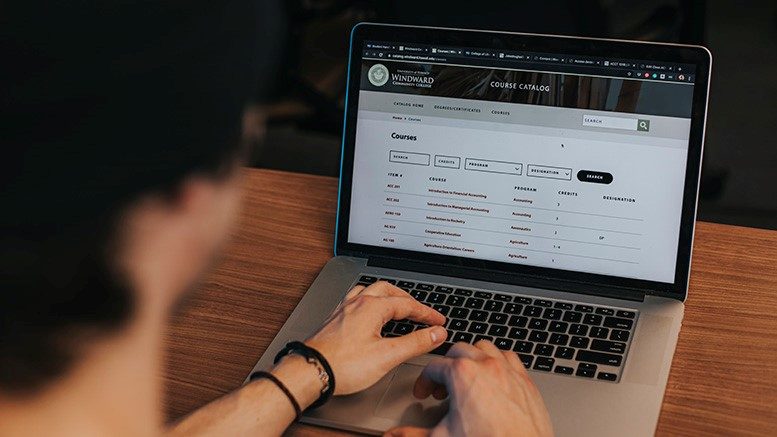Sponsored content
The course catalog can be a dreaded project at many community colleges: It often seems like a never-ending job, with the next year’s catalog starting as soon as the previous year’s is published, and updating content can involve digging through piles of hand edits and rummaging through tracked changes on Word documents.
At Clean Catalog, we’re experts in helping community colleges manage their catalog and make it into a modern, accessible document. Here are three of our biggest tips for success.
1. Go digital (even if you’re going to print your catalog)
Moving your course catalog to a digital system — like Clean Catalog! — is the biggest way you can save time, improve your processes, and ultimately make a much better product. With Clean Catalog, you get all these features built in:
- A modern, responsive catalog viewable on any device
- Distributed editing for users across campus
- Revision tracking and history for every page
- Easy addendum management
- Course and degree search pages to easily let users find what they’re looking for
- … and much more!
Clean Catalog also includes PDF generation for whole course catalogs, for the instances when you still need a physical copy of your course catalog. You can view or download PDF versions of each individual course or program, as well as the entire catalog at once.
PDF data is pulled from your digital version, and it just takes one click to create a complete PDF from that information. So by adopting Clean Catalog software, you get BOTH the online version and the PDF version. It’s a win all around!
2. Prioritize accessibility (and make your catalog a marketing tool)
Instead of viewing your catalog as a required document, view it as an opportunity to publicize everything you offer to the largest possible audience. It’s a small attitude shift, but it can help you realize your catalog’s potential as a tool for outreach and for serving your current students.
With Clean Catalog, your catalog will excel at accessibility: it will meet WCAG and 508 standards, and all pages will be responsive, fast, and easy-to-use on any device.
Many of your students and potential students use phones as their primary (or only) way of accessing the internet, so moving to a mobile-friendly catalog is a great way of making your catalog accessible and usable for your entire audience.
3. Distribute editing and review responsibilities (and know who gets to edit what)
If you’re currently producing a PDF catalog, it’s likely that some poor staff person is responsible for inputting all of the edits every year; sometimes it’s the registrar, the graphic designer, sometimes whoever missed the planning meeting.
With a digital system like Clean Catalog, you can distribute edits to their appropriate departments — and ensure that everything goes through the proper approval process. Editorial workflows are fully customizable, but it’s common to go something like this:
- A department coordinator for, say, accounting submits edits for Accounting 101. Those edits are not live on the site yet.
- The dean for the accounting department receives an email notification that edits to Accounting 101 are pending. They then review and approve those.
- Once approved, edits are automatically sent to the communications director, who does final proofing and publishes the edits to the catalog.
The exact order might vary for your institution, but implementing an approval process like this can ensure that all edits go through the proper approval process and are accurate and complete when published. If you want to learn more about how Clean Catalog can help you take control of your course catalog, visit cleancatalog.com/community or contact us at info@cleancatalog.com


